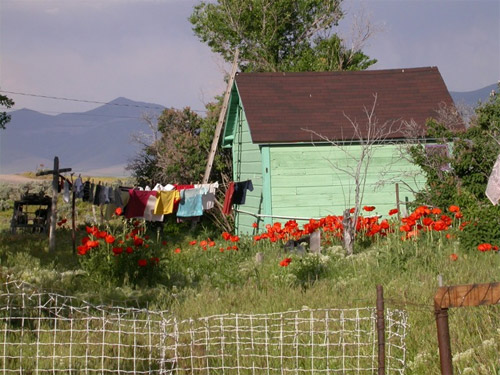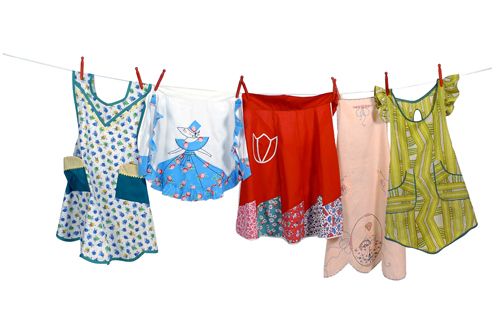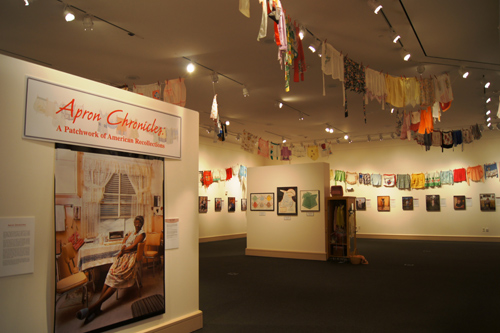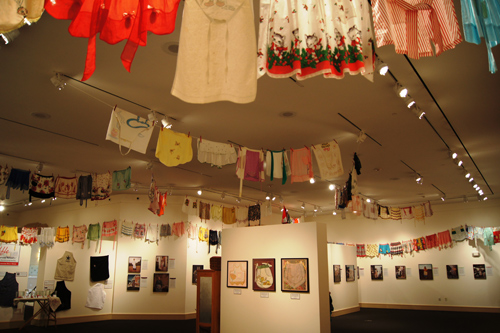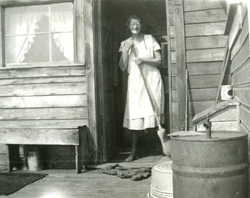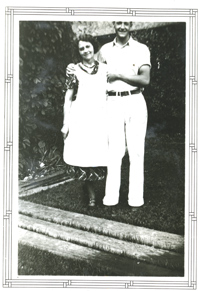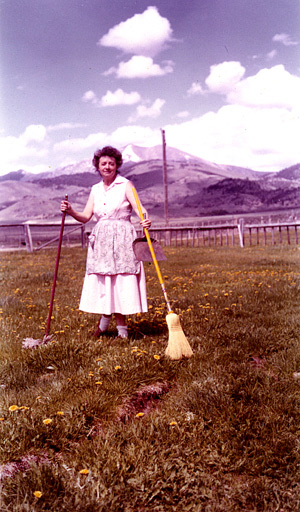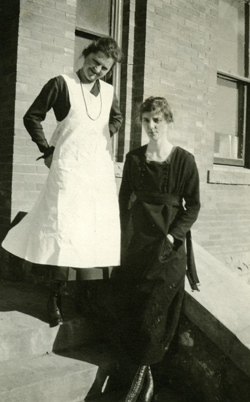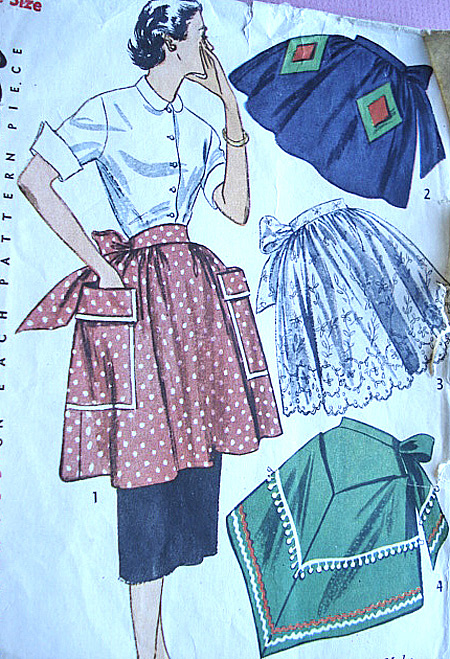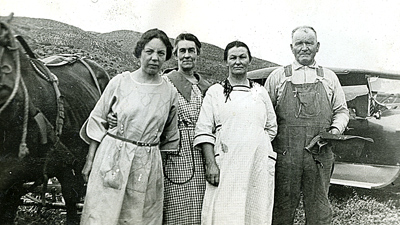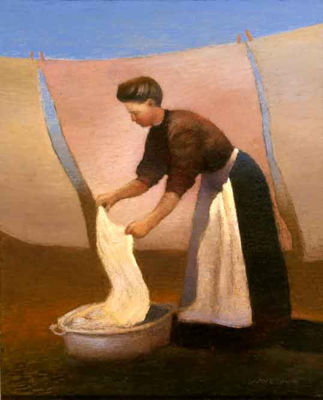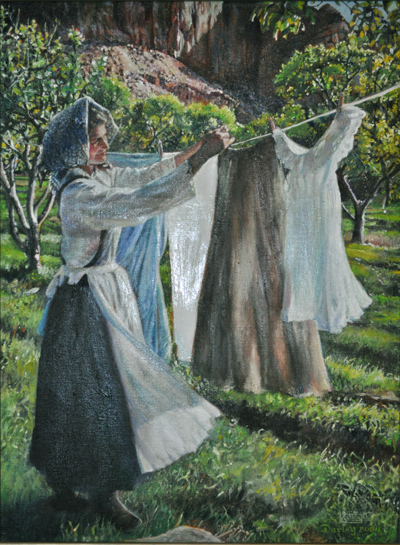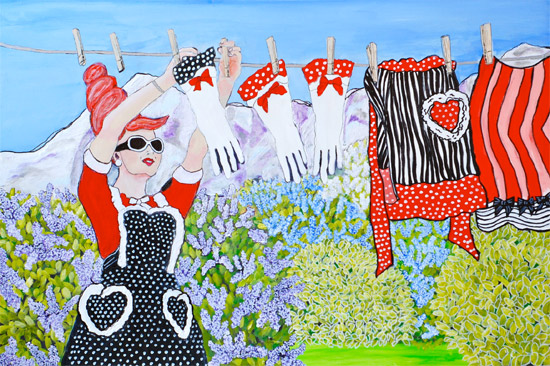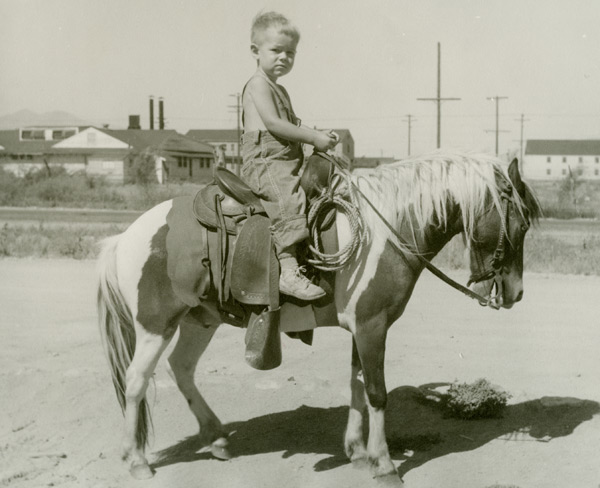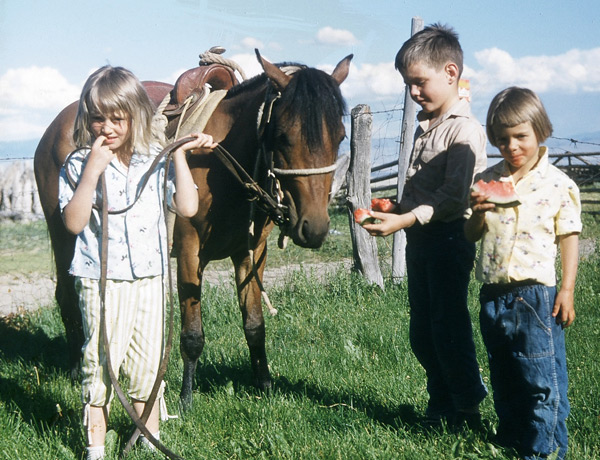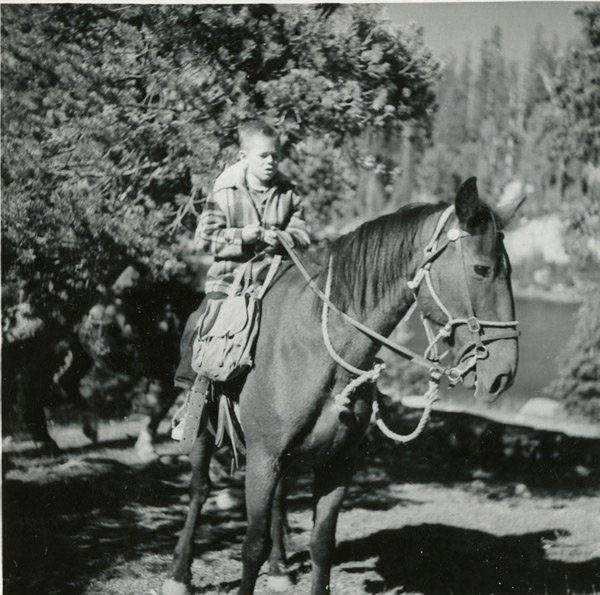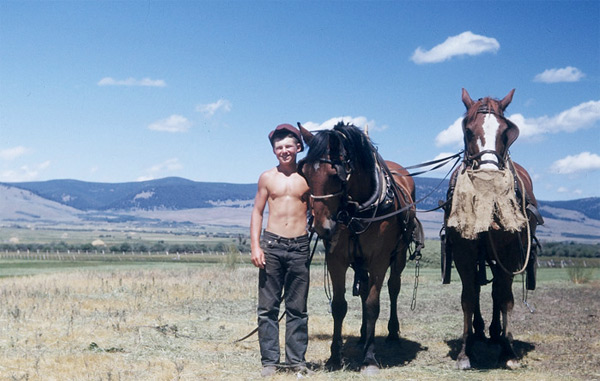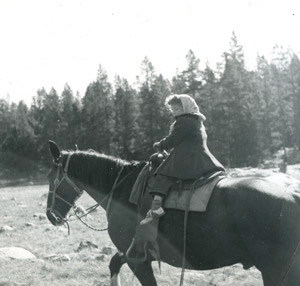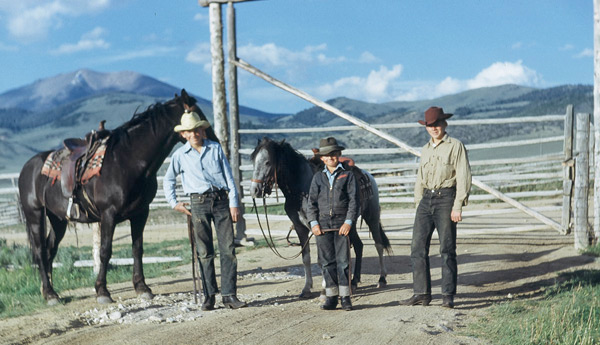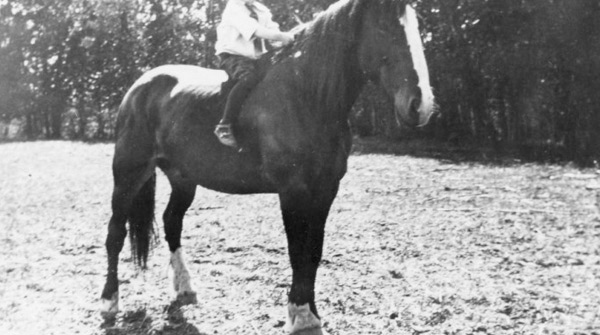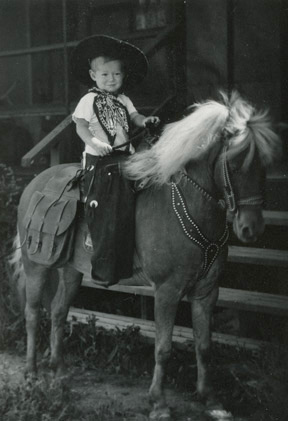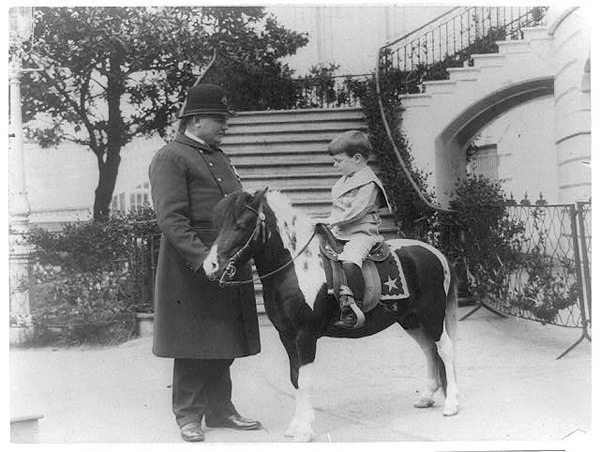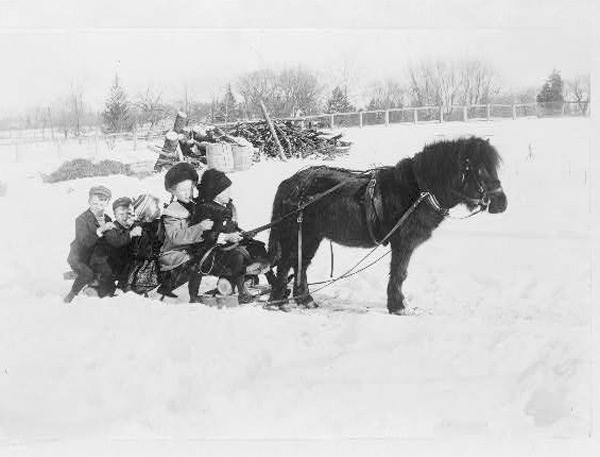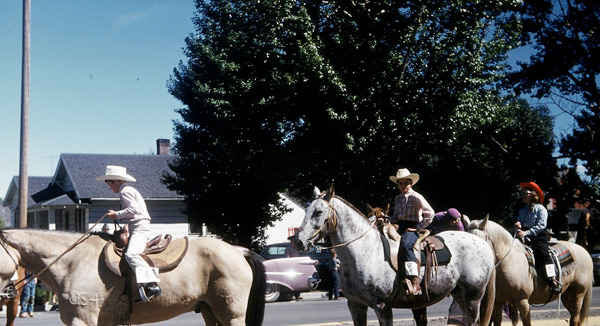How to Avoid Speeding Tickets – for Dummies
 Saturday, May 7, 2011 at 6:06PM Tweet
Saturday, May 7, 2011 at 6:06PM Tweet by Jim Poulton
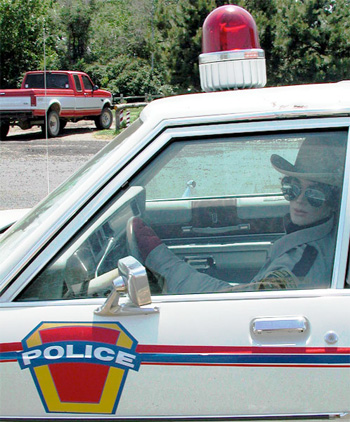 Amidon, North Dakota. Credit: Sorabji.com
Amidon, North Dakota. Credit: Sorabji.com
‘No sir, I didn’t realize I was in a 30 mile per hour zone. Yes sir, I realize I was speeding. No sir, I wouldn’t like to spend the night in jail. Please sir, I would like to pay my fine in cash … may I give you the $150 now?’
It’s happened to anyone who’s spent time driving around the west. A speed trap, the flashing lights, wail of sirens, the slow walk up to your car window. The embarrassment, the chagrin, the lecture. The experience is emblazoned in our minds like an old trauma, so that any little indicator that it may be about to happen yanks our foot from the gas pedal.
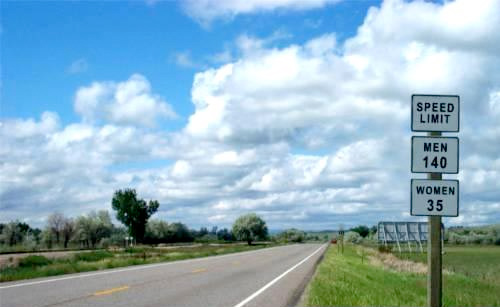 Credit: InspirationalQuotesShortFunnyStuff.com
Credit: InspirationalQuotesShortFunnyStuff.com
The police – who are no dummies – know this, of course. So they get creative. Especially in small towns, where they don’t often have the budget to run patrols day and night.
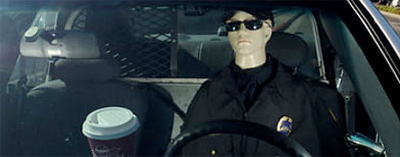 Belvedere, California. Credit: Mercury News
Belvedere, California. Credit: Mercury News
Enter Mr. Policeman(nequin). It’s a phenomenon throughout the west: old police cars parked on the side of the highway with what looks like an alert police officer inside – well, at least he or she is sitting up straight. The mere sight of the car makes just about everybody slow down, except of course those in the know. It’s brilliant. The town gets a peaceful roadway without spending a plug nickel. And they make dummies of us all.
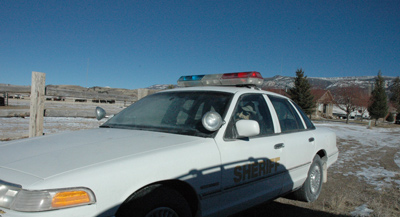 Lyman, Utah. Credit: Jim Poulton
Lyman, Utah. Credit: Jim Poulton
Send us your Mannequins in Cop Cars pictures at info@my-west.com, or upload them to the My-West Photography Challenge Pool on Flickr.
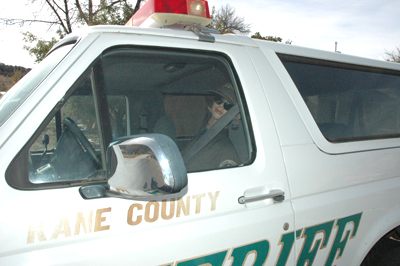 Kane County, Utah. Credit: Donna Poulton
Kane County, Utah. Credit: Donna Poulton
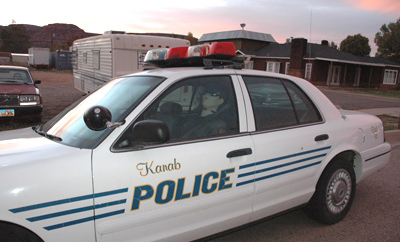 Kanab, Utah. Credit: Donna Poulton
Kanab, Utah. Credit: Donna Poulton
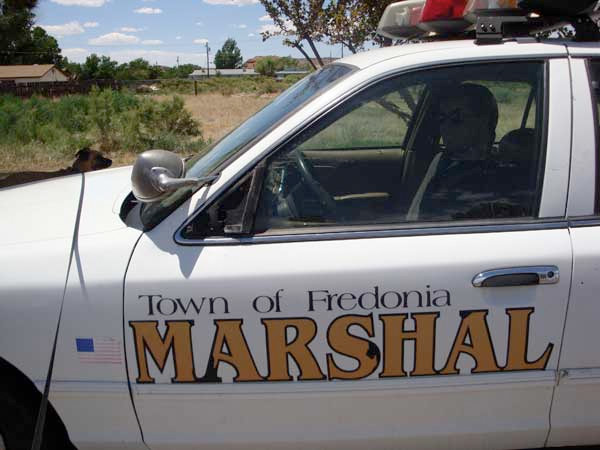 Fredonia, Arizona. Credit: Unemploymentality.com
Fredonia, Arizona. Credit: Unemploymentality.com
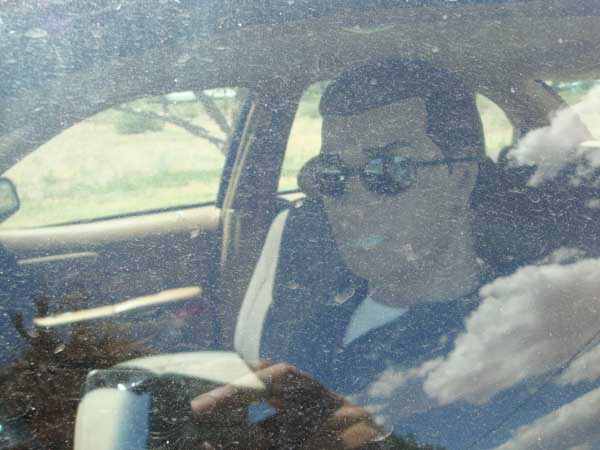 Fredonia, Arizona. Credit: Unemploymentality.com
Fredonia, Arizona. Credit: Unemploymentality.com
 Amidon,
Amidon,  Belvedere,
Belvedere,  Fredonia,
Fredonia,  Kanab,
Kanab,  Mannequins,
Mannequins,  Police Cars,
Police Cars,  Torrey | in
Torrey | in  Mannequins in Cop Cars,
Mannequins in Cop Cars,  Speeding Tickets
Speeding Tickets 

















